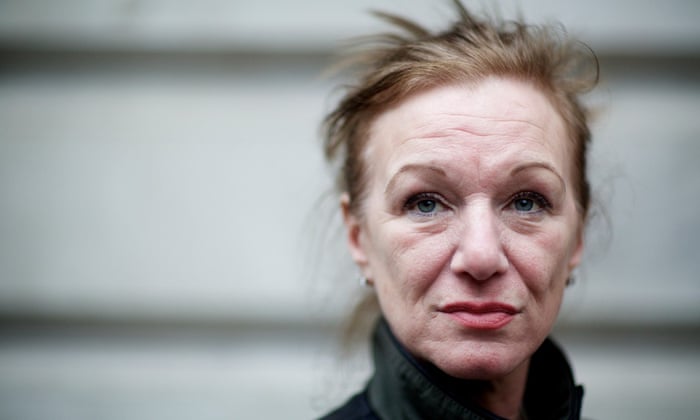Exhibit: “AfroBrasil: Art and Identities”Posted in Anthropology, Arts, Brazil, Caribbean/Latin America, Live Events, Media Archive, United States on 2015-06-12 02:55Z by Steven |
Exhibit: “AfroBrasil: Art and Identities”
National Hispanic Cultural Center
Art Museum
1701 4th Street SW
Albuquerque, New Mexico
Friday, December 12, 2014 to mid-August, 2015; Tuesday-Sunday 10:00-17:00 MT; Tuesday-Sunday 10:00-17:00 MT
Brazil* hosted soccer’s World Cup in the summer of 2014, and soon will host the 2016 Summer Olympics. While many are familiar with these events and Brazil’s other achievements, they may be unaware of the cultural and ethnic complexity of this large South American country.
The largest Portuguese-speaking country in the world, Brazil is home to the second largest population of African origin outside the African continent. Yet, despite its sporadic economic dynamism, its soccer prowess (who has not heard of Pelé, the “Black Pearl”?), the fame of its Carnaval, and the acclaim given the 1959 Oscar-winning French film Black Orpheus (Orfeu Negro), starring Afro-Brazilian actors, many aspects of its Afro-Brazilian identity, art, and culture have not received the status or attention they merit.
Today, Afro-Brazilian art and identities saturate the core of Brazilian culture and society, but may not rise commensurately to the surface in galleries, museums, or the works of art historians. The artists, writers, musicians, and critics who do tackle Afro-Brazilian reality more often than not narrate; in doing so they include their personal experiences in a unique multi-racial and multi-ethnic nation-state. AfroBrasil: Art and Identities shows the multiple important ways in which Afro-Brazilian artists and their colleagues from other countries address the complexities of Brazil’s African heritage and its impact across frontiers and oceans.
Using a team approach, the exhibition has been curated to comprise four distinct, yet inter-related, sections, which can be visited in any order to make different connections and gain different perspectives…
…Photograph: Baianas (Praça de Sé, Salvador, Bahia), Paulo Lima, 2013, courtesy of the artist
*Brasil is spelled with an “s” in Portuguese and Spanish, with a “z” in English. Text and label materials in this exhibition use both spellings, depending on context.
For more information, click here.



